One cannot travel to Peru without visiting the famous Inca ruins of Machu Picchu. Constructed around 1450, the former royal retreat for the emperor Pachacuti was a symbol of Inca power and influence, as well as an astonishing feat of engineering. The citadel sits on a mountain ridge at an elevation of 2,500m/8,000ft and boasts a beautiful and commanding view of the Urubamba river valley 500m/1,6o0ft below. However, this royal retreat would be used for less than 100 years, as the Spanish proved too powerful for the Inca and had conquered the empire by 1550. The Inca never revealed the location of the city to the Spaniards however, so as the jungle slowly reclaimed the mountain ridge the city was lost to the outside world. The city remained unknown except to locals for nearly 400 years, helped by the fact that it is completely invisible from the valley floor due to the steep, jungle-coated terrain. Finally, in 1911, the ambitious and controversial explorer Hiram Bingham met local farmers in the Urubamba valley who told him of Inca ruins on the mountaintop above them. They called it “Machu Picchu” in their native Quechua language, meaning “old peak”. Bingham climbed up to the ridge top and made the discovery of a lifetime, revealing to the world one of the most well preserved and astounding Inca ruins.
When I arrived in Cusco, Peru I was already sure that I wanted to trek to Machu Picchu. The Cusco region of Peru is renowned for its beautiful mountains and valleys and I wanted to see this landscape up close. It was just a matter of which trek to choose, for there are several different routes that ultimately take you to the ancient Inca citadel. I eventually chose to do the “Inca Jungle Trek” because it sounded like an interesting mix of jungle/mountain hiking. It also included some whitewater rafting and zip-lining which was a bonus!
The first part of the trek took us through some high-altitude jungle where the guide pointed out many local plants that were used for all manner of things; food, medicine, dyes, you name it. Every few hours or so was a stand set up by local farmers where we could buy a myriad of different fruits from the jungle, making for perfect rest-stops. This area felt completely different than all of the other places in South America I had visited. I was surrounded by jungle, it was hot and humid, and Spanish was nowhere to be heard. Instead, Quechua (the same language the Inca spoke) was now the language being spoken by the locals.
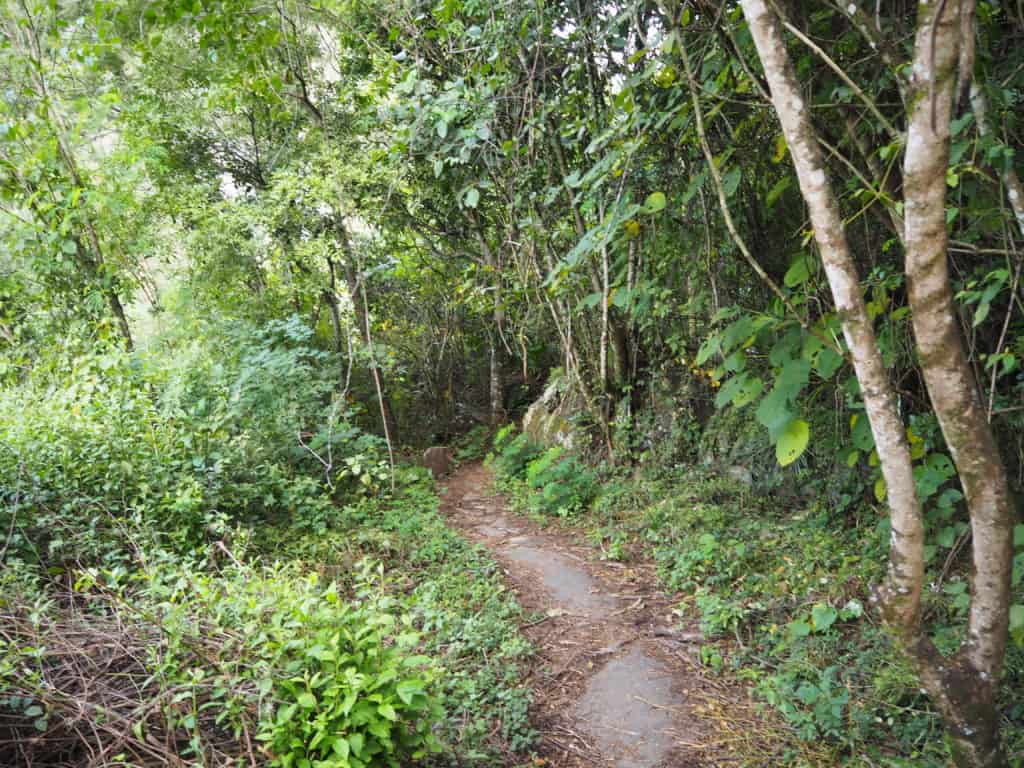
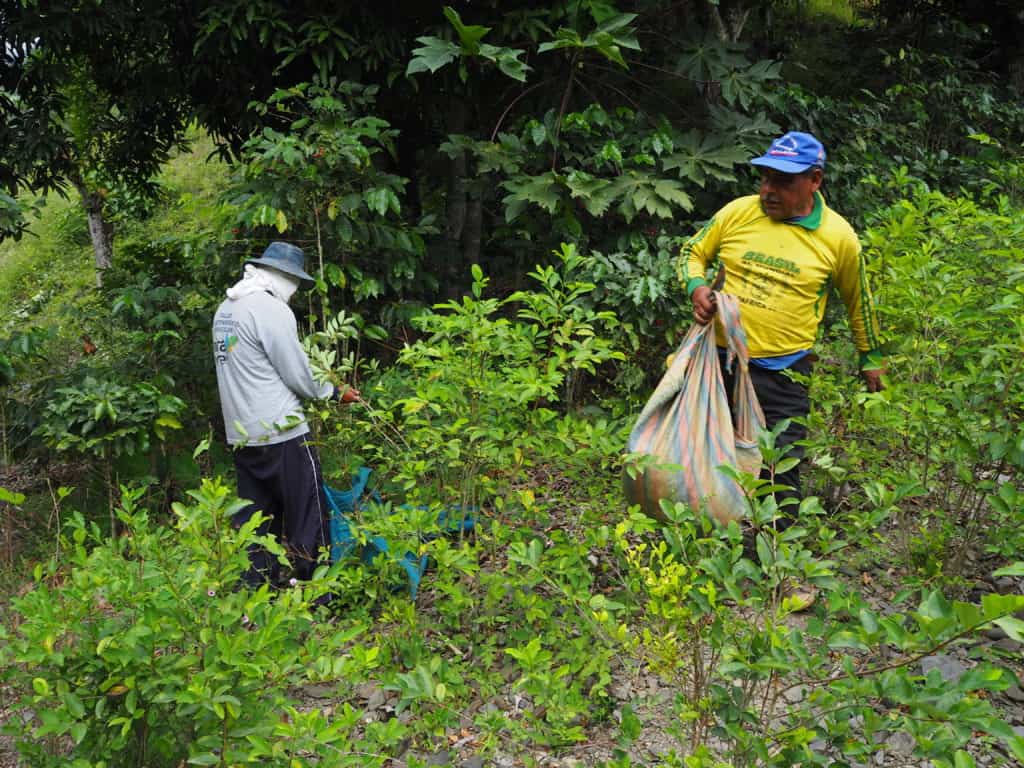
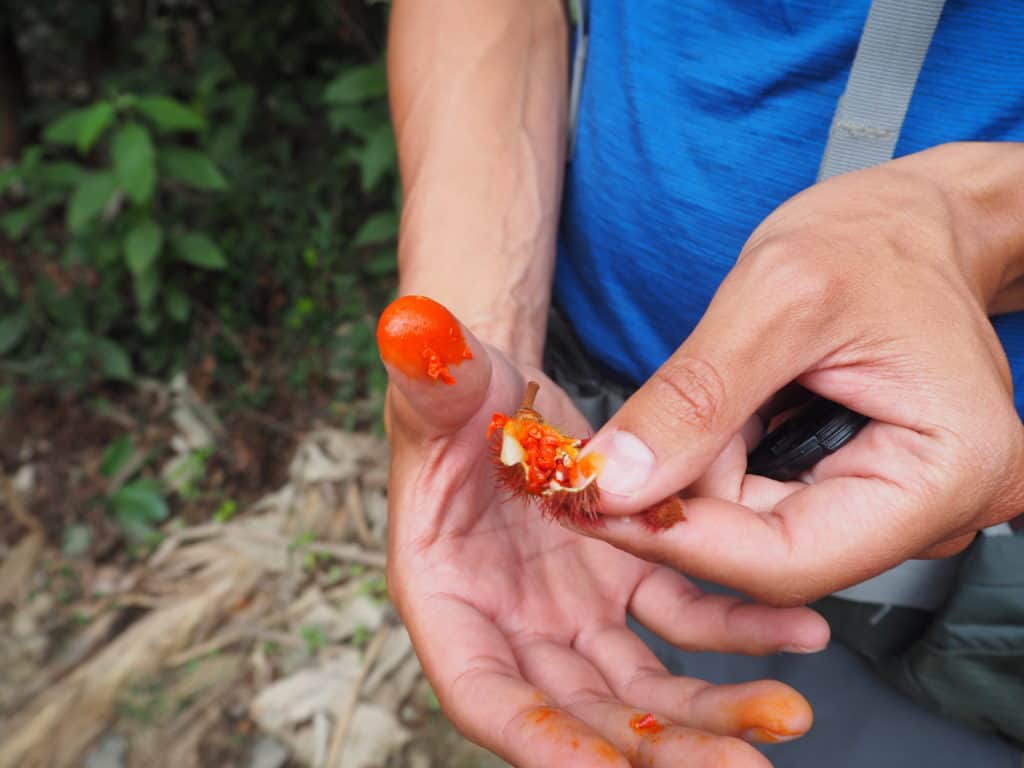


As the trek continued, we began to ascend from the valley floor up onto the mountainsides where the jungle slowly began to release its grip on the terrain and we entered into a jungle/mountain transition zone. While I enjoyed bushwacking through jungle, hiking along ancient, inca-built stone trails that hug mountainsides and provide amazing panoramic views was even more exciting. There weren’t any snow-capped peaks along these trails, but these jungle-covered mountains were unique and beautiful.
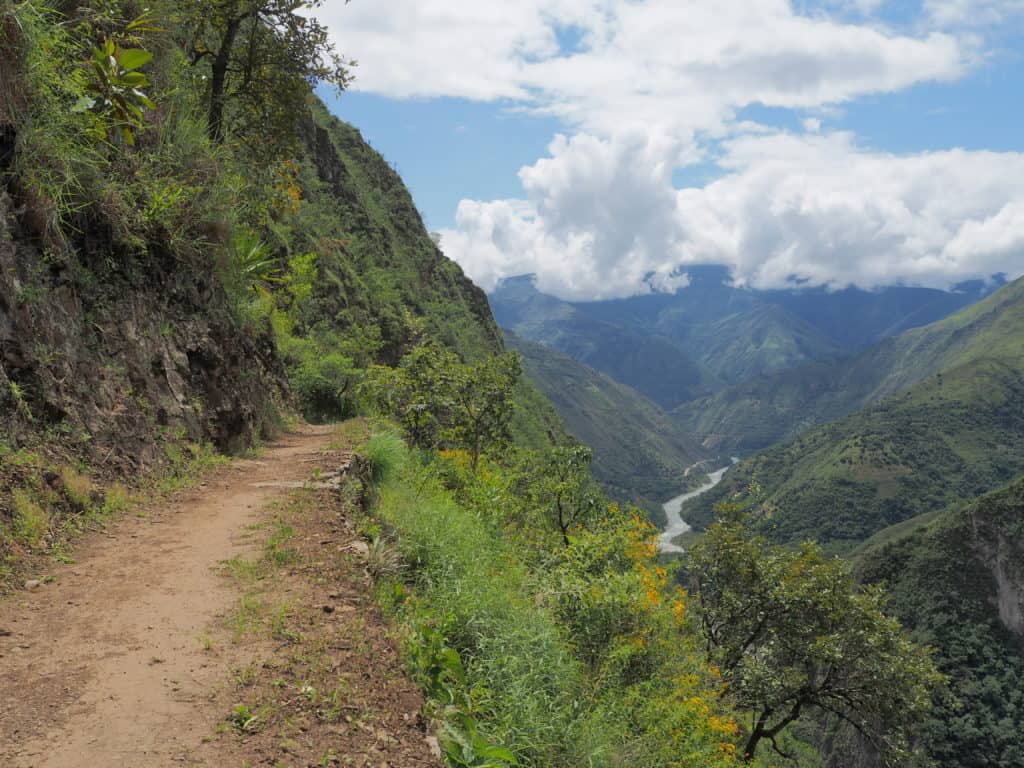

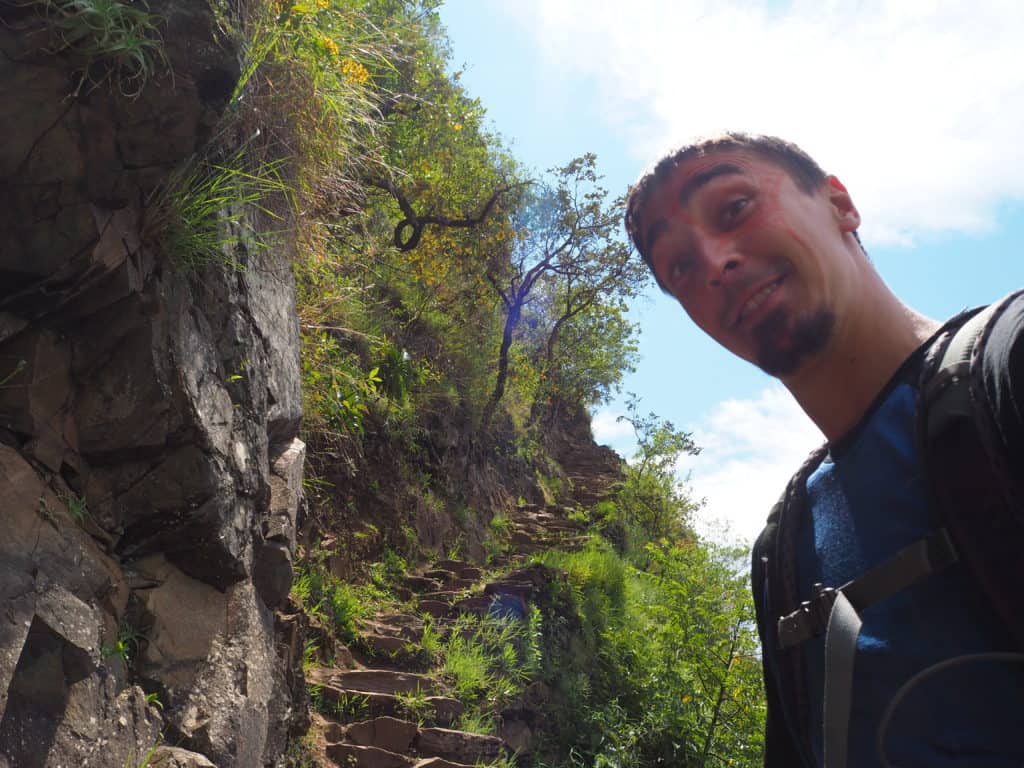
After 3 days of trekking we made it to the town of Aguas Calientas which sits on the valley floor below Machu Picchu. From the town, its 2,000 stone steps up the side of the mountain to get to the ruins. I woke up at 3:30 a.m. the following day so I could climb those steps and arrive at the ruins at sunrise. By the time I got to the top, I was soaked with sweat from the humidity and exertion of the climb. It was unfortunately quite anti-climactic, for the ruins were completely covered by fog and visibility was restricted to about 10m/30ft. Nevertheless, it still felt surreal to be standing on a mountain ridge in the midst of ancient Inca ruins that had once been lost to history. Then, as our guide led us around the ruins, the sun began to burn the fog away and Machu Picchu was slowly revealed in all of its mesmerizing elegance. Now, I was able to clearly see the city and its surroundings. I was able to marvel at the incredible precision with which the Inca cut stones, fitting them together like a jigsaw puzzle to form perfectly shaped walls. I was able to marvel at the incredible forethought it took to build a city in such a location; the terraces cut into the side of the mountain to provide a strong foundation, other terraces cut to provide areas for farming, and the network of water channels which brought freshwater from faraway mountain springs. Then finally, as I climbed the Machu Picchu mountain that overlooks the ruins, I was able to marvel at the sheer panoramic beauty of the location of this ancient Inca citadel. I’ve visited many beautiful places in my life, but few can compare to Machu Picchu. It is an absolutely stunning display of human ingenuity and natural beauty intertwined.



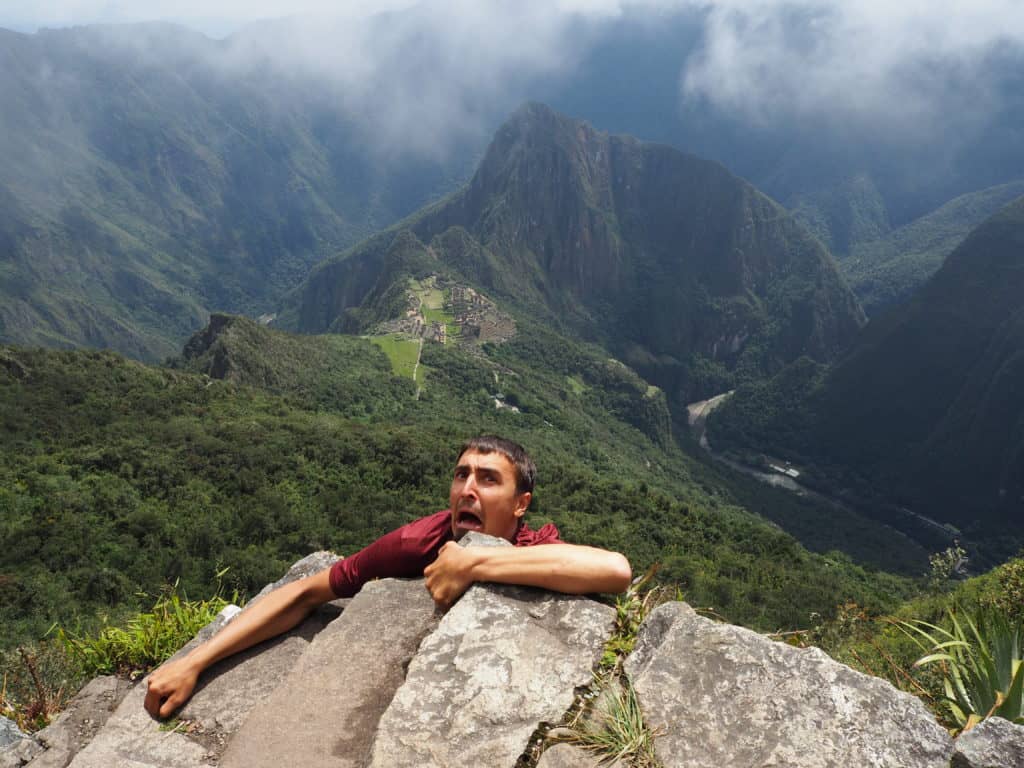


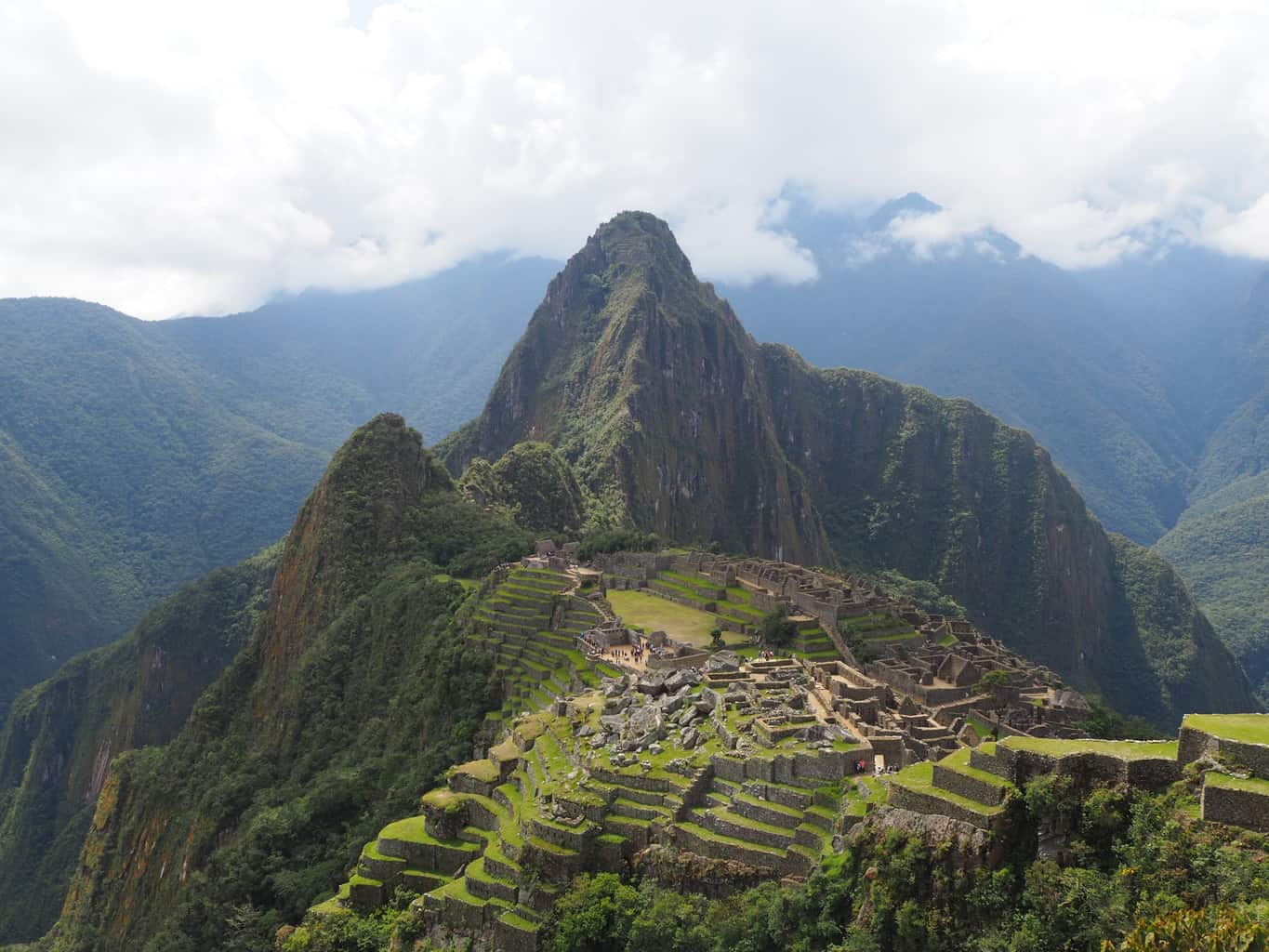

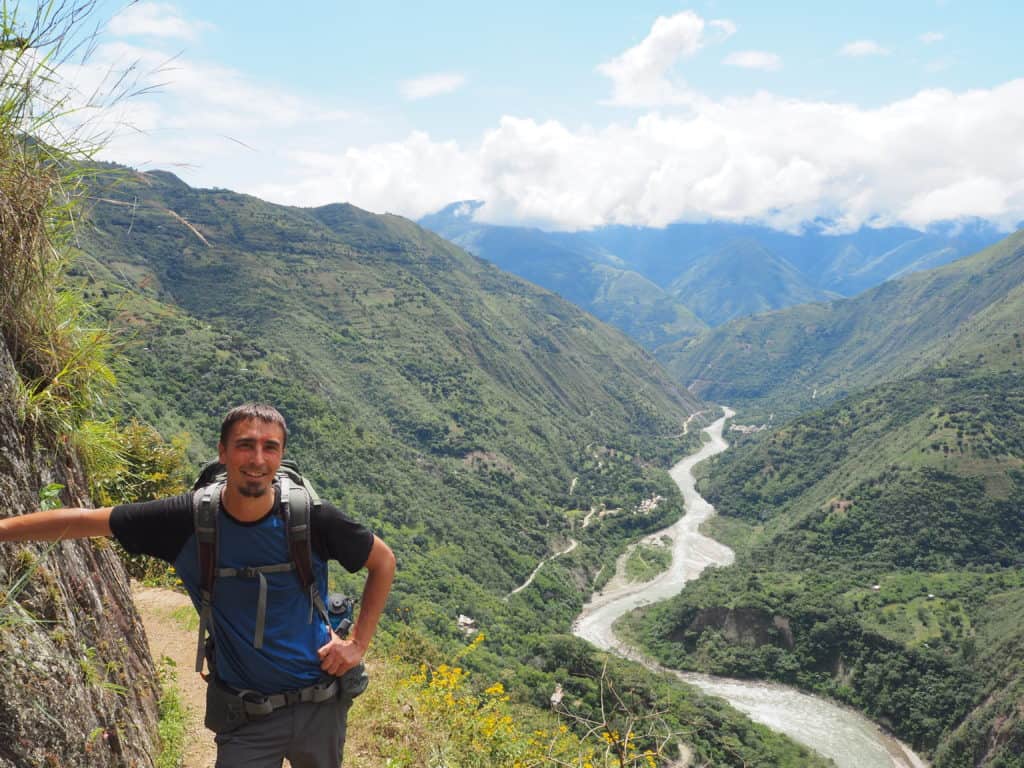
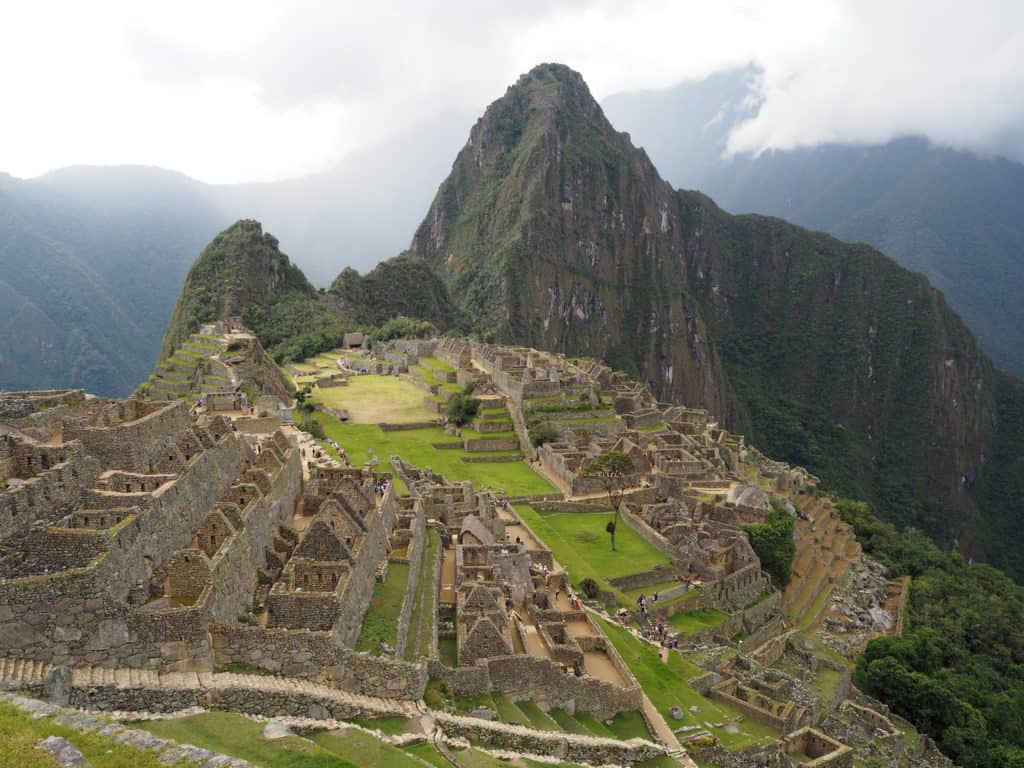

Comments
2 CommentsKaren
Jun 12, 2018Now that’s some trekking I could do all the time! Stunning. Cool idea for the video – I liked seeing various parts of your trail/stairs and watching your feet as you went.
Phil Kieser
Jun 14, 2018Now it’s your turn to do some trekking in Peru 🙂